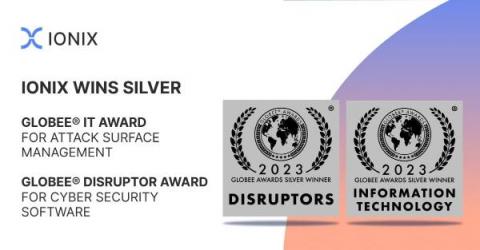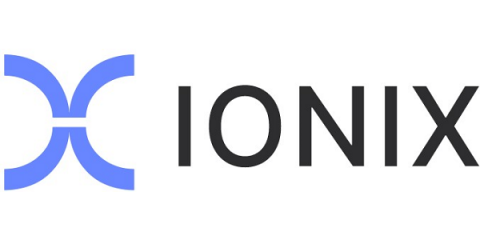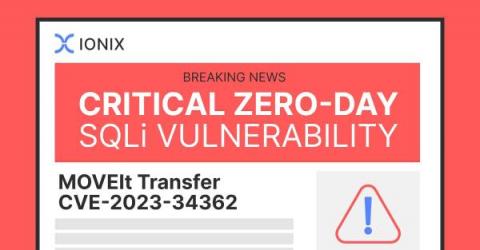27 Cybersecurity Professionals and Business & Technology Leaders Reveal the Most Important Cyber Risk Trends Companies Need To Look Out for
Cyber risk trends are constantly evolving, driven by the pace of technological advancements that streamline business processes yet can introduce vulnerabilities in your company’s attack surface. With increased use of SaaS, cloud solutions, APIs, and third-party services, companies have many exposed and connected internet-facing assets that they’re unaware of, providing an open door for attackers to exploit.









